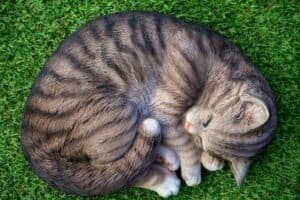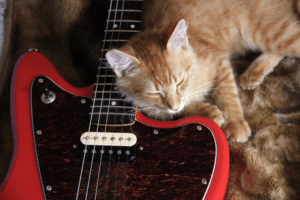Do you ever watch Why Do Cats Wag Their Tail While Lying Down? It’s a curious behavior, wildly, since cats usually only wag their tails when they’re standing up. So why do cats wag their tails while lying down?
As it turns out, there are several reasons why this might happen. This article will explore some of the most common reasons cats wag their tails while lying down.
Cats like to show strange behaviors, which is the reason behind their every action. They are very moody and don’t hesitate to show their mood swings. When your cat is happy and safe, she likes to play and wander around the house looking for new things to explore. When they are unhappy, they show aggressive behavior and want to throw something and destroy expensive stuff in your home.
Table of Contents
Why Do Cats Wag Their Tail While Lying Down?
Cats wag their tails while lying down when they are happy and safe. Cats usually show these gestures when they feel relaxed and comfortable. They also purr and sway their tails when they feel good and healthy. Cats also wag their tails when they are feeling playful.
Besides all this, maybe your cat is waging their tails because they feel stressed and angry. It is difficult to get along with cats, so it is possible that they might be suffering from an injury, and they are telling you by wagging their tail while lying down.
Cats like to wag their tails when they are being petted or in pain. Every move of your cat has its reason, and being a cat owner, you have to notice the changes in their mood and figure out what is wrong with them. Purring is the sound made by cats to show you affection, contentment, and peace.
Let’s explore some of the reasons why your cat wag their tail while lying down.
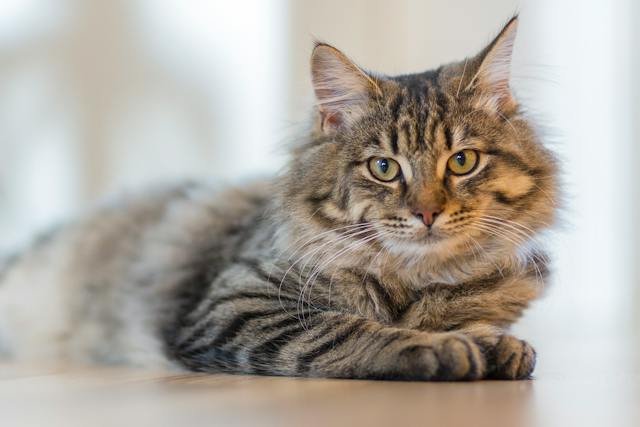
1. Feeling Happy
One of the most common reasons cats wag their tails while lying down is that they are happy. When your cat is content and relaxed, they will often express this by wagging their tail. This is similar to when a dog wags its tail – it’s a way of showing that they are happy and comfortable. If you see your cat wagging their tail while lying down, it’s a good indication that they feel happy and content in their current situation.
2. They are trying to Communicate
Another reason cats wag their tails while lying down is that they are trying to communicate something. Cats use their seats to communicate different things, and sometimes this communication can be difficult for us to understand. However, if you see your cat wagging their tail while lying down, it’s generally a good indication that they are trying to tell you something.
They may be trying to ask for attention, or they may be trying to tell you that they are in pain. If you’re not sure what your cat is trying to communicate, it’s best to take them to the vet for a check-up.
3. Feeling Anxious
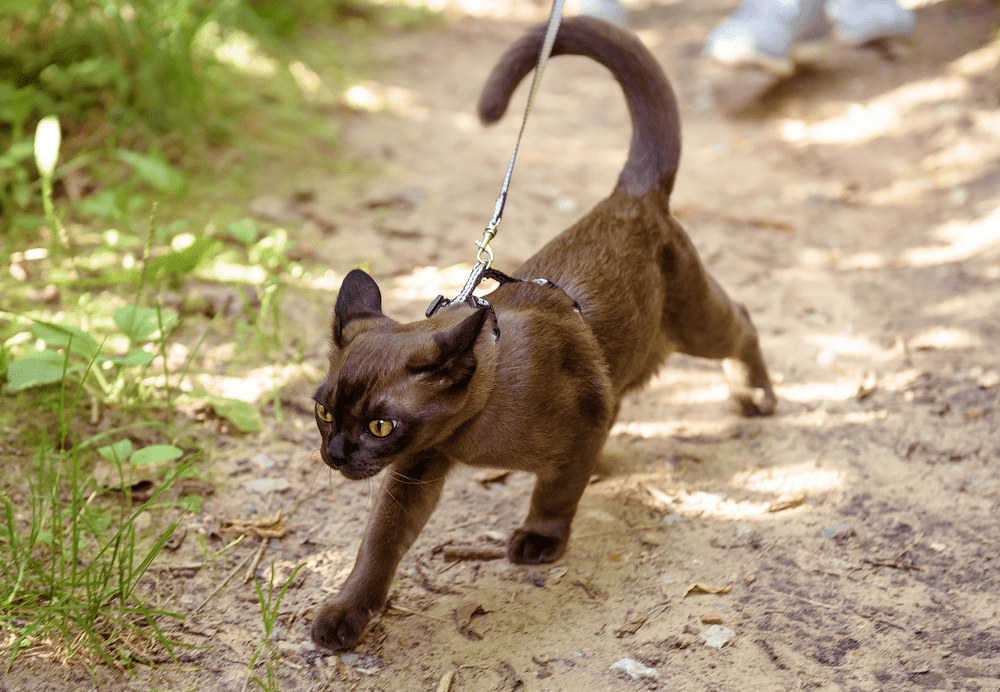
Occasionally, cats wag their tails while lying down because they are anxious or scared. This is usually seen in kittens, who may wag their tail when they’re first introduced to a new environment.
If your cat is wagging its tail while lying down and it seems to be accompanied by other signs of anxiety (e.g., pacing, meowing, hiding), it’s best to take them to the vet for a check-up.
4. They Enjoy it
Finally, some cats wag their tails while lying down because they enjoy it! Like us, cats sometimes do things simply because they want it, and there’s no real reason why. They like to show signs such as sleeping on top of you or wagging their tail while lying down to show that they enjoy living with you and being happy.
If your cat wags its tail while lying down and it doesn’t seem to be accompanied by any other signs of anxiety or discomfort, then there’s probably no need to worry. They’re just enjoying themselves!
5. They are Hunting
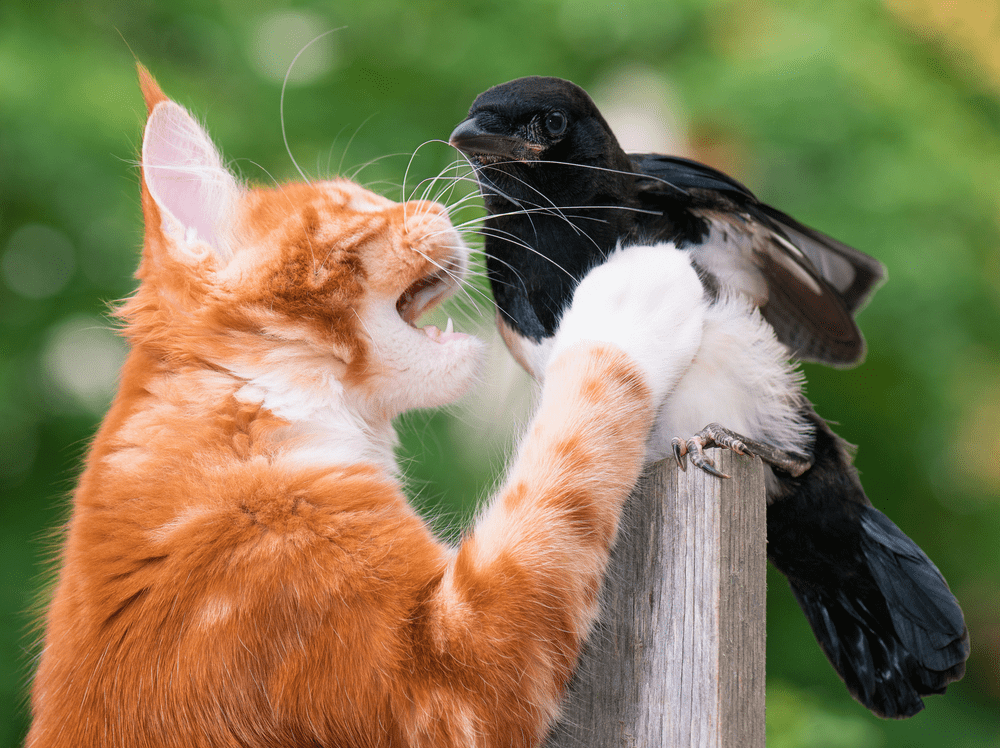
Cats also wag their tails when they’re hunting. When a cat is stalking its prey, it will often wag its tail back and forth slowly. This helps to keep the cat’s balance as it stalks its prey.
Do Cats Wag Their Tails Involuntarily?
Some people may wonder if cats wag their tails involuntarily. In other words, do they do it without realizing it? While there’s no definitive answer to this question, it’s generally believed that cats are aware of what they’re doing when they wag their tails. However, as with most things related to cats, we can’t be sure.
There’s strong evidence that cats use their tails on purpose to communicate with us, and it seems unlikely that they would be able to do this if they weren’t aware of what they were doing. However, we can never be sure what cats are thinking or feeling, so it’s always possible that they wag their tails involuntarily on occasion.
Do Cats Wag Their Tails When They Are in Pain?
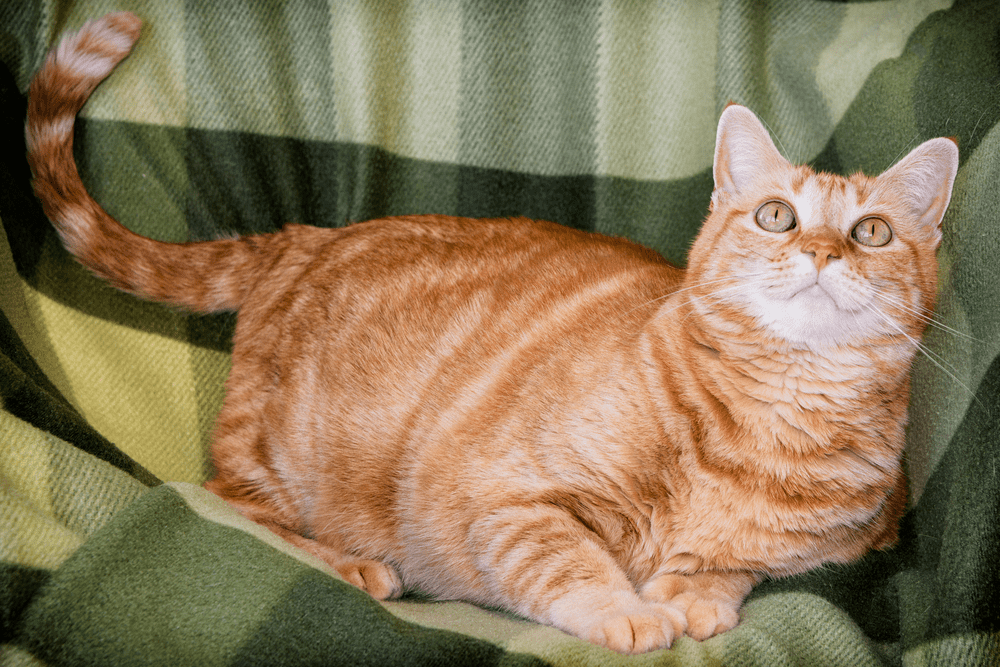
Cats can wag their tails when they are in pain. If your cat is wagging its tail while lying down and it seems to be accompanied by other signs of pain (e.g., whining, meowing, hiding), it’s best to take them to the vet for a check-up.
Cats can wag their tails when they’re in pain for various reasons. For example, if they have an injury or infection, this can cause them to wag their tail. Additionally, some medical conditions (e.g., kidney disease) can cause cats to feel pain, which may lead them to wag their tail.
Why do cats wag their tails when you talk to them?
Some people may notice that their cat wags its tail when talking to them. This is usually a sign of affection and means that your cat enjoys your company. If you are attached to your cat, they must show you an indication of affection and satisfaction, and by wagging their tail, they are enjoying the time with you.
Additionally, cats may wag their tails when they hear your voice because they associate it with something positive (e.g., food, treats, petting). If you like to keep snacks or chew toys nearby and your cats know this, then he is likely to wag his tail to get your attention.
Why do cats wag their tails at each other?
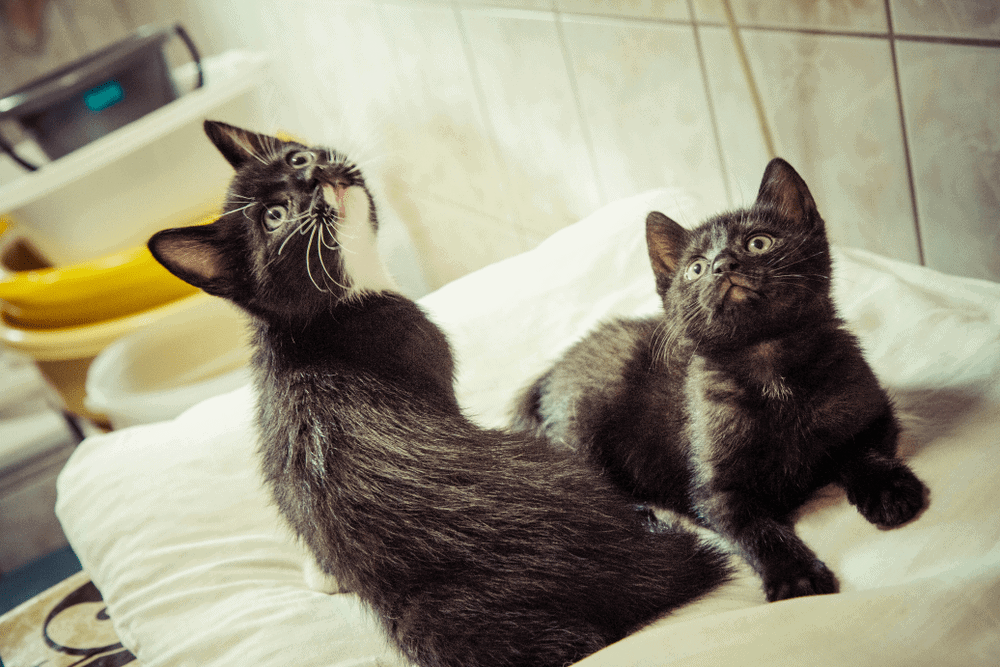
Cats also wag their tails at each other as a form of communication. When two cats are friendly, they will often greet each other by lightly touching noses and then wagging their tails. This is a way for them to show each other that they’re happy to see each other.
Sometimes, cats will also wag their tails at each other to show dominance. If one cat is trying to assert dominance over another, it may wag its tail in that cat’s direction. This is usually seen in cats who are not getting along well.
Do Cats like to Wag Tail When they are Feeling Pain?
Cats may wag their tails when they are in pain. It is not easy for a new pet owner to determine why your cat gives you different signs and gestures. Their mood swings depend upon what they are feeling at that time. They sometimes show the same symptoms when they are feeling happy and sad. So if your cat is wagging his tail while lying down, don’t ignore and confuse these signs.
Their wagging is likely to show sudden changes in cats’ temperament and indicates any illness and unseen wounds causing them pain. Here are some Symptoms that the University of Lincoln mentioned:
- Behavioral Issues which show the signs of aggression and results in isolation
- Sudden wave of lethargy
- Lack of appetite
When cats are in pain, their body language tells the cat owner that their cat might be suffering from an injury or disease. Their body shows the signs of pinned ears, hot ears, rigidity, and whiskers that are pulled tight.
Read Also: Why Do Cats Cover Their Face When They Sleep
Wrapping Up:
Why do cats wag their tails while lying down? There are various reasons behind why cats how this type of strange behavior. They often wag their tails when they are happy and satisfied. Cats like to be playful when in a good mood, and their wagging shows the sign that they are in good spirit and want to play with you or want to go outside.
They also wag their tail when injured or suffering from a disease. Your cat is trying to tell you that they are hurt by wagging its tail, so keep an eye on the changing moods of your cat all the time.
Article References:
How cats purr – Sissom – 1991 – Journal of Zoology – Wiley Online Library
Animals | Free Full-Text | Pain and Problem Behavior in Cats and Dogs (mdpi.com)



